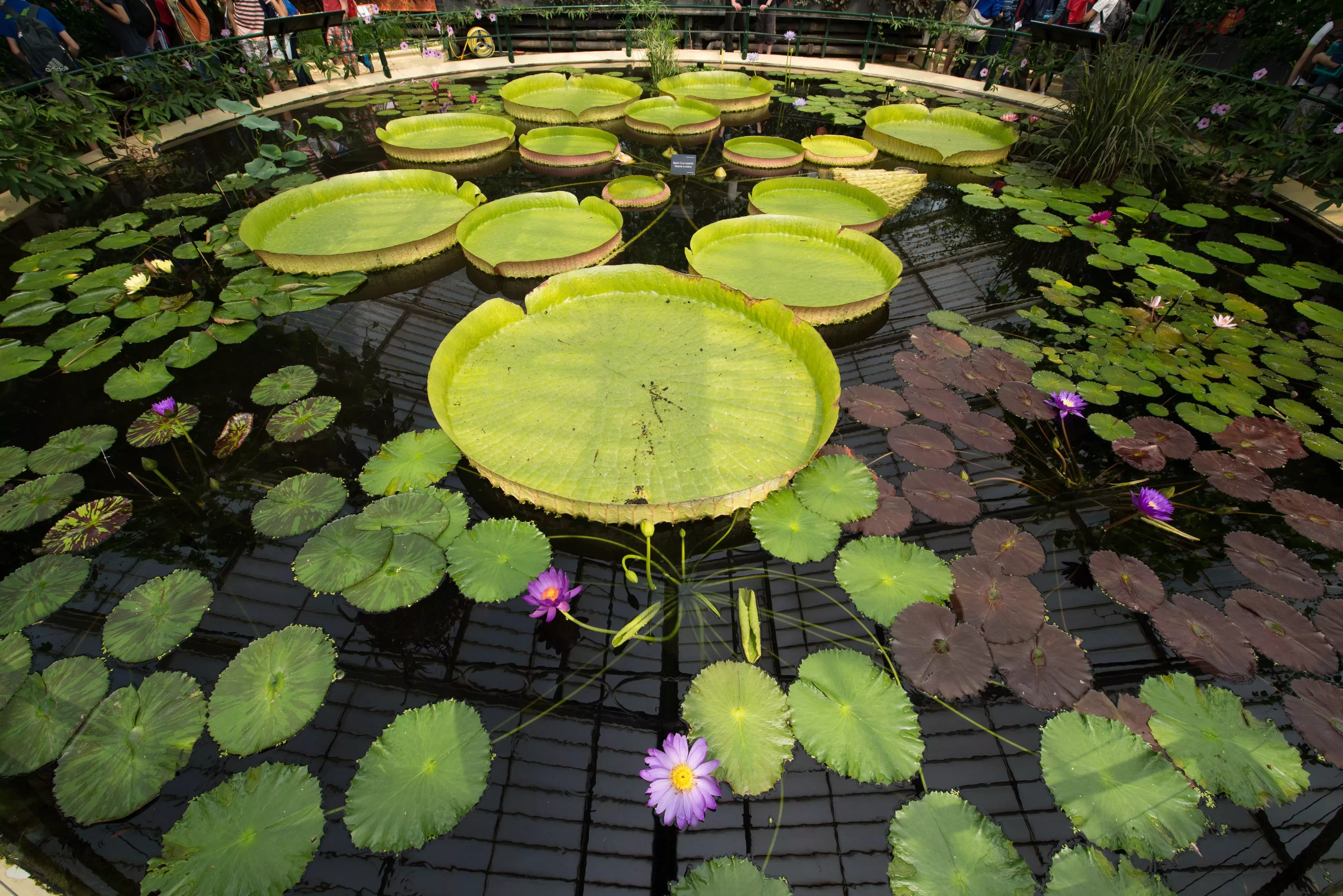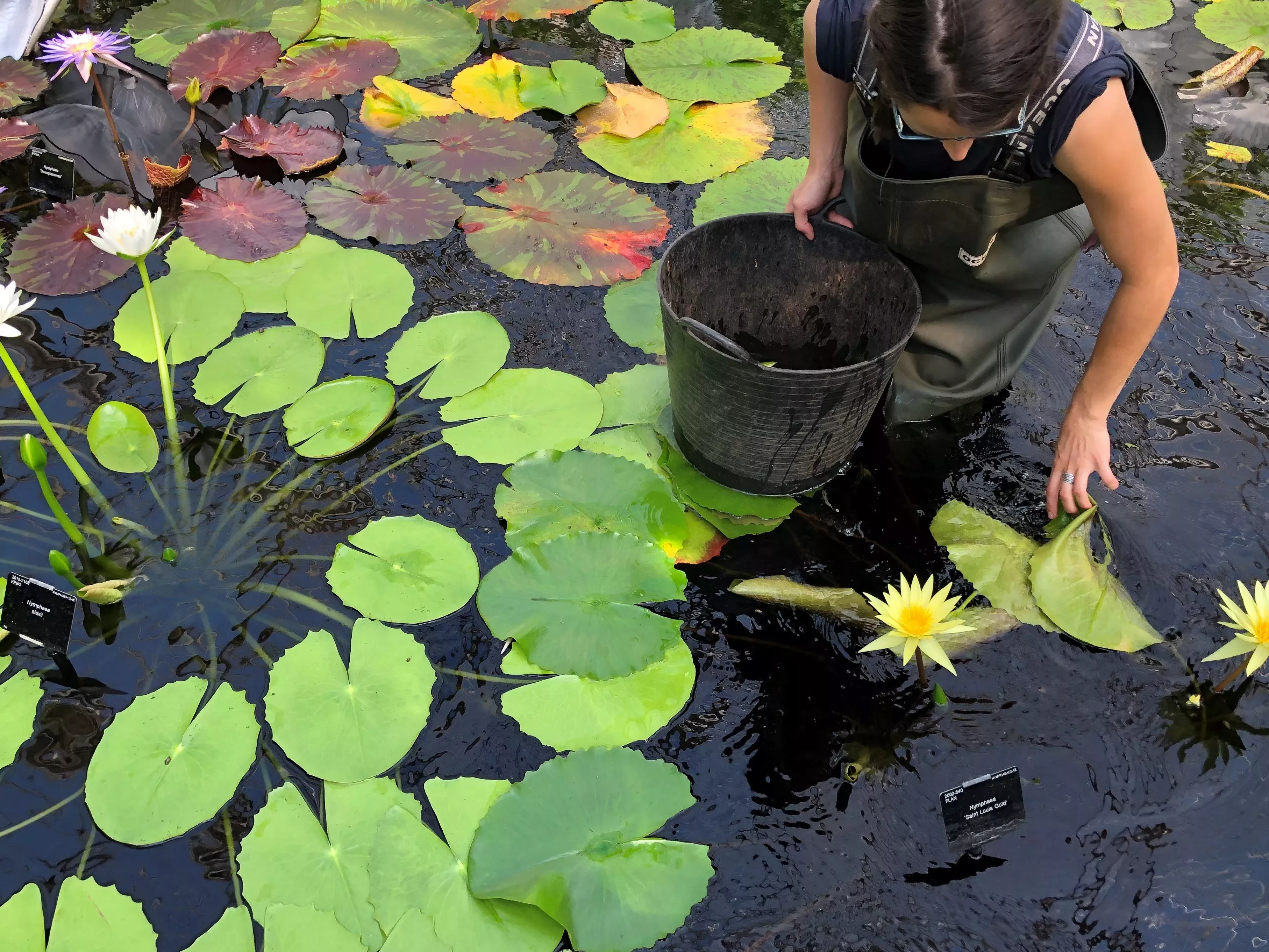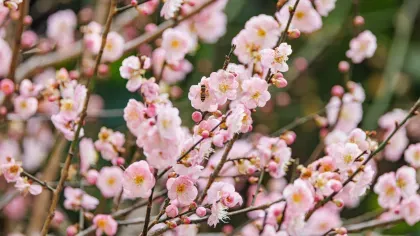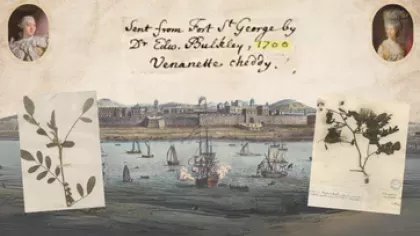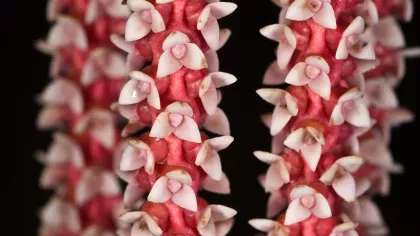11 May 2020
How we grow giant waterlilies at Kew
Scott Taylor, Conservatories Manager at Kew, tells us how giant waterlilies are grown from scratch.

Scott has been working at Kew for nearly 15 years, working on the Temperate House restoration, the iconic orchid festival and our Palm and Waterlily houses.
He gives us some insight into these incredible plants are propagated right here in Kew Gardens.
Some may not know it, but we have been growing giant waterlilies at Kew for decades.
I've had first-hand experience of growing both Victoria spp. (amazonica and cruziana), one of the hybrids between these species (Longwood hybrid) as well as Euryale ferox.
There is often a huge response to this famous picture of a child sat on one of the giant waterlily leaves and it inspired me to write about the plants that are grown as annuals and replaced every year.
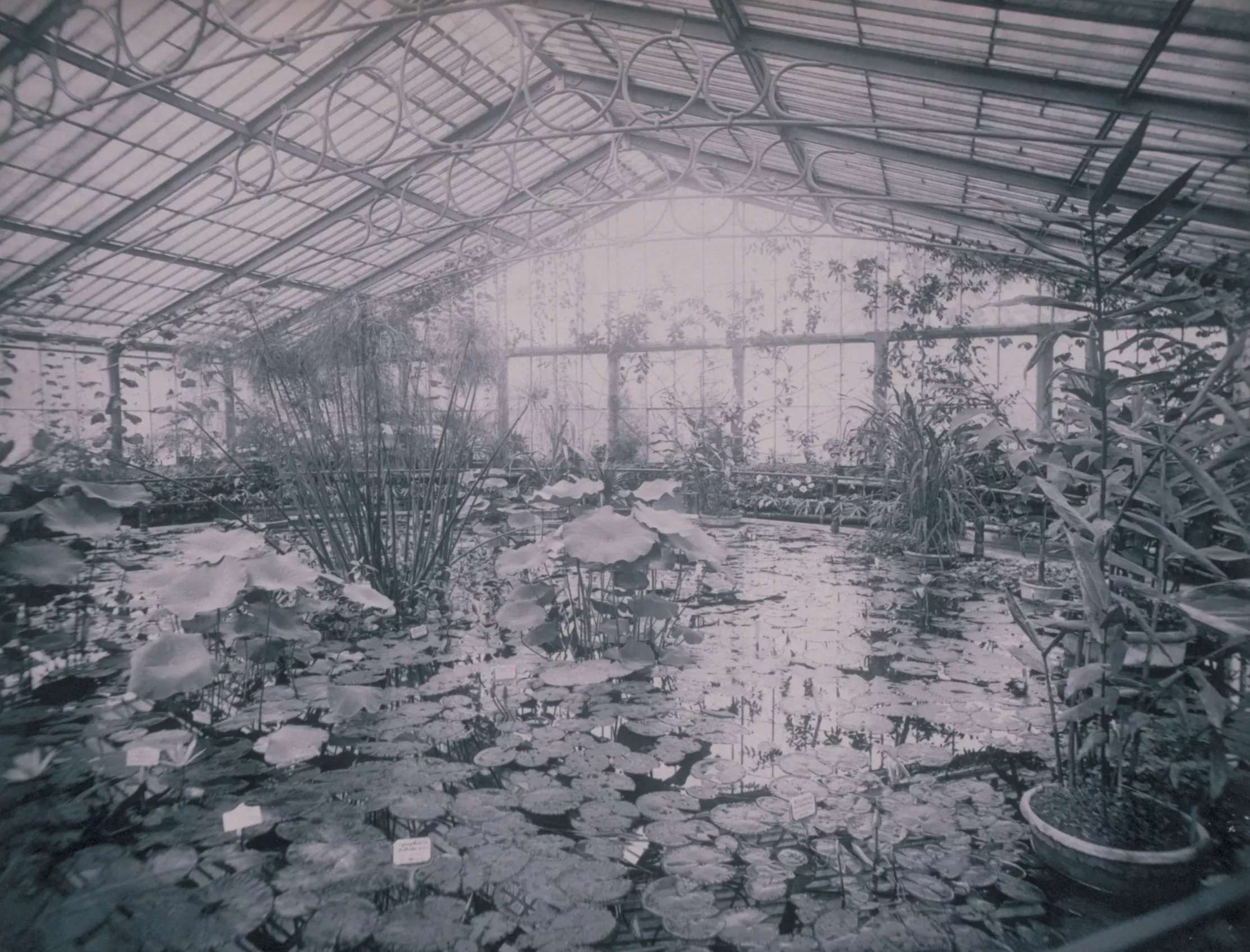
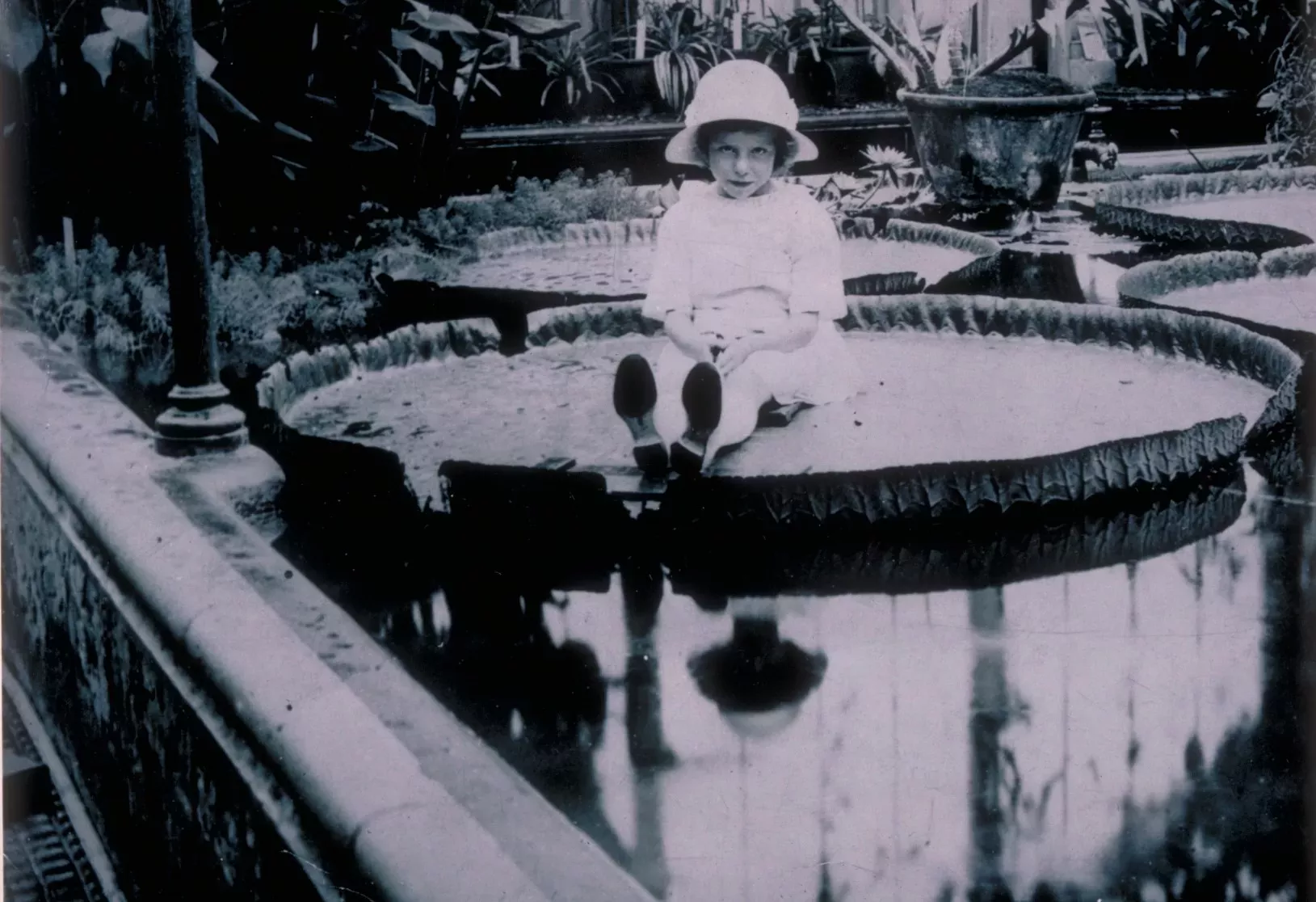
Behind the scenes of the Waterlily House
Around January/February time, the team in the Tropical Nursery sow seeds that are either from Kew’s collection of plants we pollinated and harvested the previous year, or that are acquired from other botanic gardens. It's a back-up if pollination fails.
The seed are the size of peas, brown-black in colour and are stored in water at around 16°c as this prevents them from germinating (they don’t like it too cold) but keeps them hydrated.
They germinate well when placed in warmer water (28–30°c) and seedlings develop over the next few weeks which gives the Waterlily House time to prepare for their arrival.

A winter clean up
The Waterlily House is closed over winter; we empty it, clean it and carry out maintenance before soil is returned to the beds and pots in the pond, usually around early February.
The pond is filled up, and the heating is left on for a week to make sure the conditions are just right to welcome plants back.
The beds are usually planted in mid to late February and the pond in early March (depending on the size of the plants to be planted).

Size can be deceptive
By this time, the Victoria has leaves about the size of a CD; a not-so-giant waterlily!
When the house is first reopened, I have heard comments from visitors mocking the size of the plant, but most gardeners know that good things come to those who wait.
The little plantlet is planted into a large pot in the middle of the pond, which is set to 28°c. With all the soil and warm water available it settles in quite quickly, which is aided by the days getting longer.
Did you know?
The leaves are at their biggest in June when the days are longest.
At this time of the year, the Victoria amazonica will produce a fully grown leaf in about a week, from a small bud to a leaf potentially over 2m wide in just seven days.


These giant leaves will last up to three weeks.
However, we usually remove them after two as they start to get damaged and ragged; we want the plants to look their best for our visitors.
They're hungry plants. We fertilise them weekly with ‘bombs’ made of loam and a mix of organic fertilisers, and we insert four into the soil at a time.
From July flower buds start to be produced and we pollinate the plant when the flowers open during the night (but that's a whole other story).


Full circle
Once flowers start to be produced the leaves start to shrink as the plant is putting its strength into producing leaves and flowers at the same time. Shorter days also means shorter leaves.
The fruit contains the seeds and takes up to ten weeks to ripen; we bag them to stop seeds being lost on the pond floor.
We may pollinate up to two flowers and get hundreds of seeds for us and our partners.
By November, we close the house. The days are cold and short and conditions make it difficult to maintain the plants.
The seeds are stored away in the nursery and the plants that have wowed so many during the summer are composted.
The pond is drained and the cycle starts again.
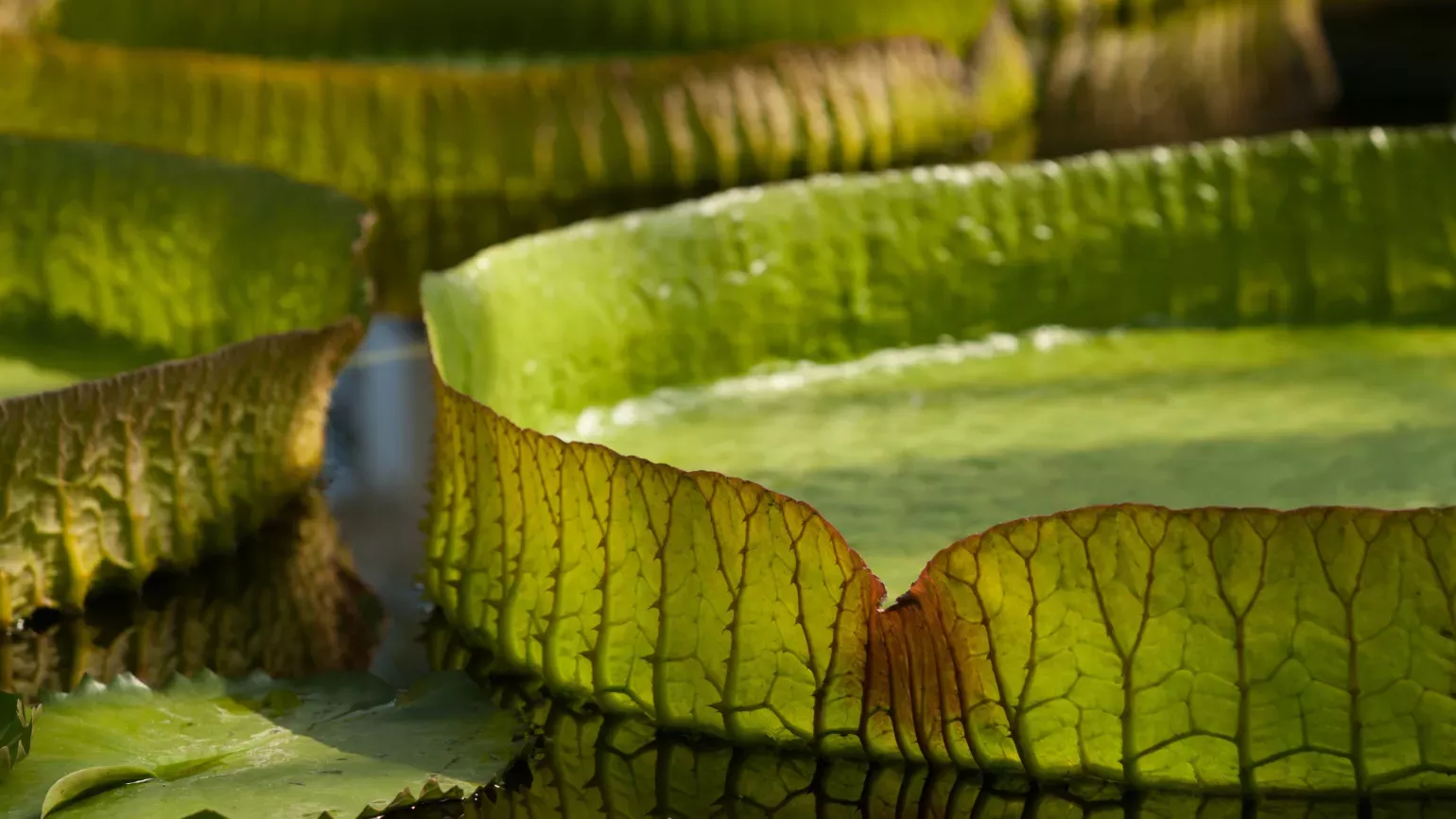
Waterlilies in lockdown
This year’s planting is not much different from previous years, despite the Gardens closure due to the coronavirus pandemic.
This has caused a slight delay in planting due to staff numbers being lower than usual, but both the Waterlily House and Princess of Wales Conservatory have species of Victoria growing in their respective ponds.
Currently, the leaves are starting to develop and grow to their full size, and we hope visitors will get a chance to see them later this year.
Regardless, we will still grow the plants, pollinate them, and get seed to be produced so we can have plants ready for you for next year.
